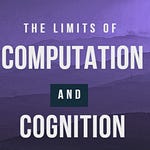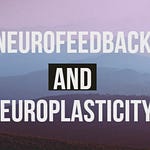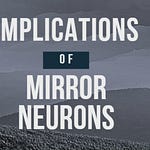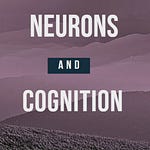Rather than having to program for every possible permutation of an input, a convolutional neural network allows programs to filter and categorize large sets of data by passing information through the convolutional layers that, like neurons, process the data relevant only to its receptive field. In deep learning this information is then pooled into related categories and given different weighted values to solve problems.
The power of deep learning systems is evidenced by the fact that today the best checkers, chess, go, and other game players are all computers running variations of these self-referencing CNN algorithms (Domingos, 2015; Mnih et al., 2015). AlphaGo, developed by DeepMind, learned to master the ancient Chinese game of Go—a profoundly complex board game with 10 to the power of 170 possible board configurations—defeating world champion Lee Sedol in 2016 by combining deep neural networks with advanced search algorithms and reinforcement learning (https://deepmind.google/research/projects/alphago/).
AlphaGo Zero, introduced later, skipped the step of training on human games and instead learned to play simply by playing games against itself starting from completely random play, surpassing the original AlphaGo by 100 games to 0 after just three days of self-play training (https://deepmind.google/discover/blog/alphago-zero-starting-from-scratch/). AlphaZero further generalized this approach to master chess, shogi, and Go, defeating world-champion programs in each game after training for only 24 hours, with AlphaZero searching just 80,000 positions per second compared to 70 million for traditional chess engines, compensating through its neural network’s ability to focus selectively on the most promising variations.
The Data Efficiency Problem
The success of machine learning has also highlighted potential shortcomings in trying to understand the human brain through the surrogacy of computers. The first, and most pronounced shortcoming, is the amount of data these systems require to make reasonable answers to the problems they are confronted with. In the case of IBM’s Watson system (Ferrucci et al., 2010) that defeated the world’s reigning human Jeopardy champion Ken Jennings, a vast database of 15 terabytes of general human knowledge was required. This is 16,492,674,416,640 bytes of information! This is way more than humans have on hand and is particularly significant when considering the learning and problem-solving abilities of children. Essentially, this is Noam Chomsky’s (2006) poverty of stimulus argument. Computational approaches to learning fail to approximate human learning and understanding (Berwick, et al. 2011; Penrose, 1989) by this same poverty of stimulus reasoning.
While deep learning has achieved success in multiple fields, this success relies heavily on the support of large-scale datasets, and in real application scenarios it may be difficult for most tasks to collect enough images for model training, which restricts the performance of trained models (https://www.aimspress.com/article/doi/10.3934/mbe.2024029?viewType=HTML).
Few-shot learning has emerged as a specialized approach to tackle the challenge of limited data availability, operating on a different paradigm by training models with a minimal number of labeled examples and making it highly data-efficient, particularly advantageous when acquiring large labeled datasets is expensive or impractical (https://ubiai.tools/step-by-step-guide-to-mastering-few-shot-learning/, https://www.analyticsvidhya.com/blog/2023/07/few-shot-learning/).
Different Types of Learning
The problem is more than simple exposure. Even successful algorithms, like the ones that learned how to play Atari video games on their own (Mnih et al., 2015), are clearly not performing a learning function that is akin to what humans do. First, the program itself uses raw pixels as its input data and derives its output from a value function estimate of future rewards. Humans, on the other hand, perceive the input of the video game holistically. Clusters and configurations of pixels are viewed as whole objects, like tanks or walls (Goldstein, 2009).
These approaches produce very different learning behaviors. Whereas humans will make large movements that become, through repetition, more inhibited and exact, the computer program initially makes small moves. Even after 100 trials, it still appears that the computer has little real understanding of what it is doing. Humans generally understand the main objective of a game like Breakout after only a few trials.
Recent research has attempted to bridge the human-AI knowledge gap by introducing methods that extract new conceptual knowledge from AI systems like AlphaZero, excavating vectors that represent concepts from internal representations and filtering them based on teachability and novelty—whether the concept contains information not present in human games (https://www.pnas.org/doi/10.1073/pnas.2406675122).
These differences suggest two very different types of learning. One that is through a memory intensive system of comparisons and one that is done through creative understanding and experience. Few-shot learning approaches aim to address this gap by learning initial model parameters that can be efficiently fine-tuned for relevant tasks with only a small number of labeled examples, reducing reliance on specific training data while maintaining accuracy.
The fundamental distinction remains: while AI systems have achieved superhuman performance in many structured domains, they accomplish this through vastly different mechanisms than human cognition. Humans excel at generalizing from minimal data, forming abstract concepts, and transferring knowledge across domains—capabilities that continue to challenge even the most advanced AI systems. The journey from massive data requirements toward more human-like learning efficiency represents one of the most critical frontiers in artificial intelligence research.











